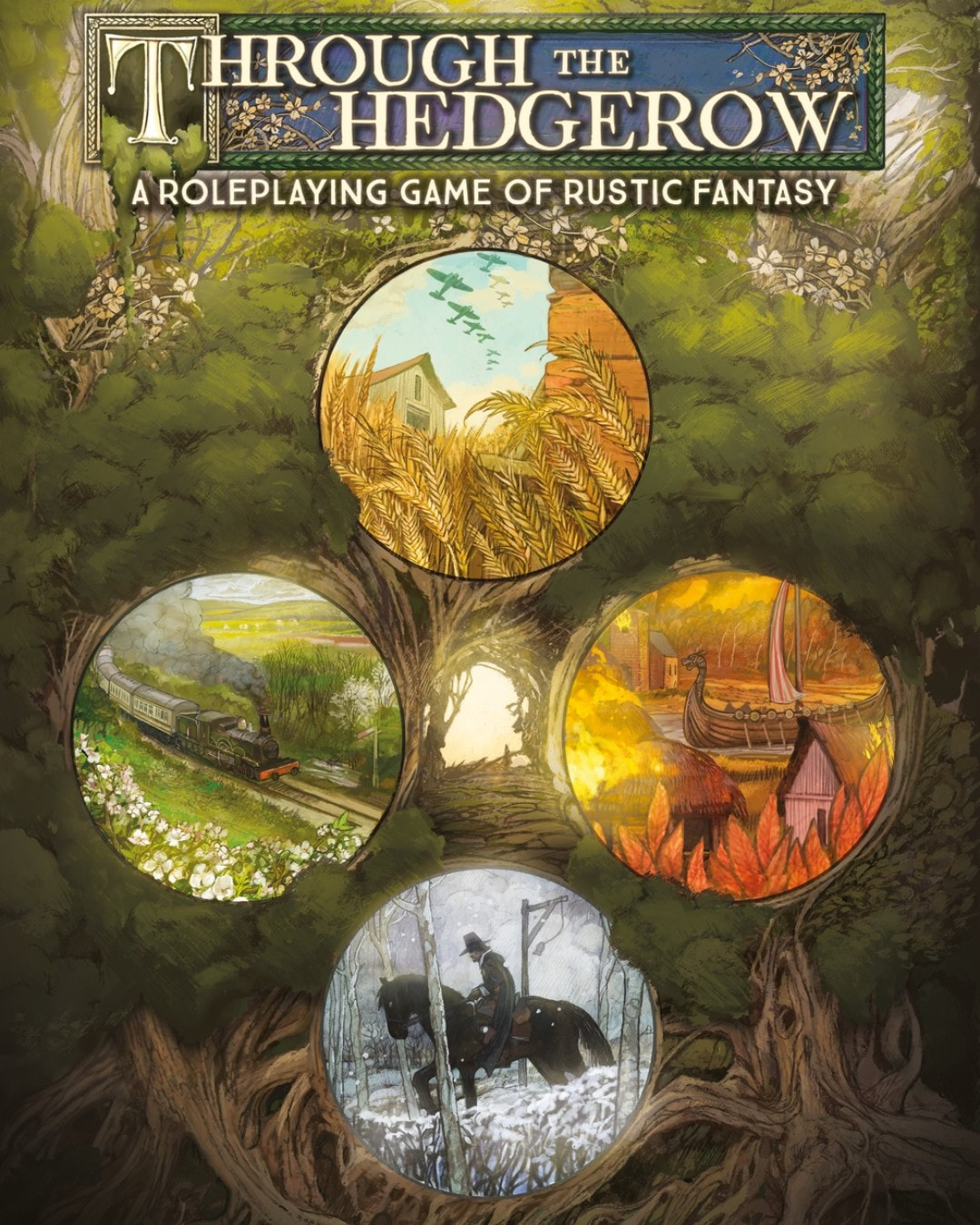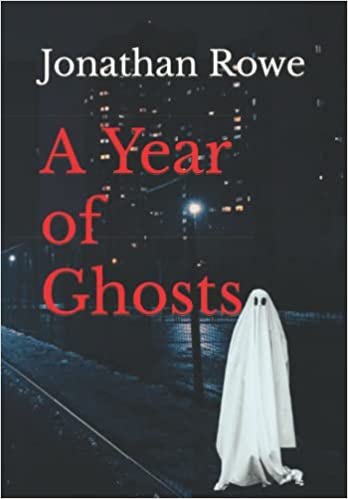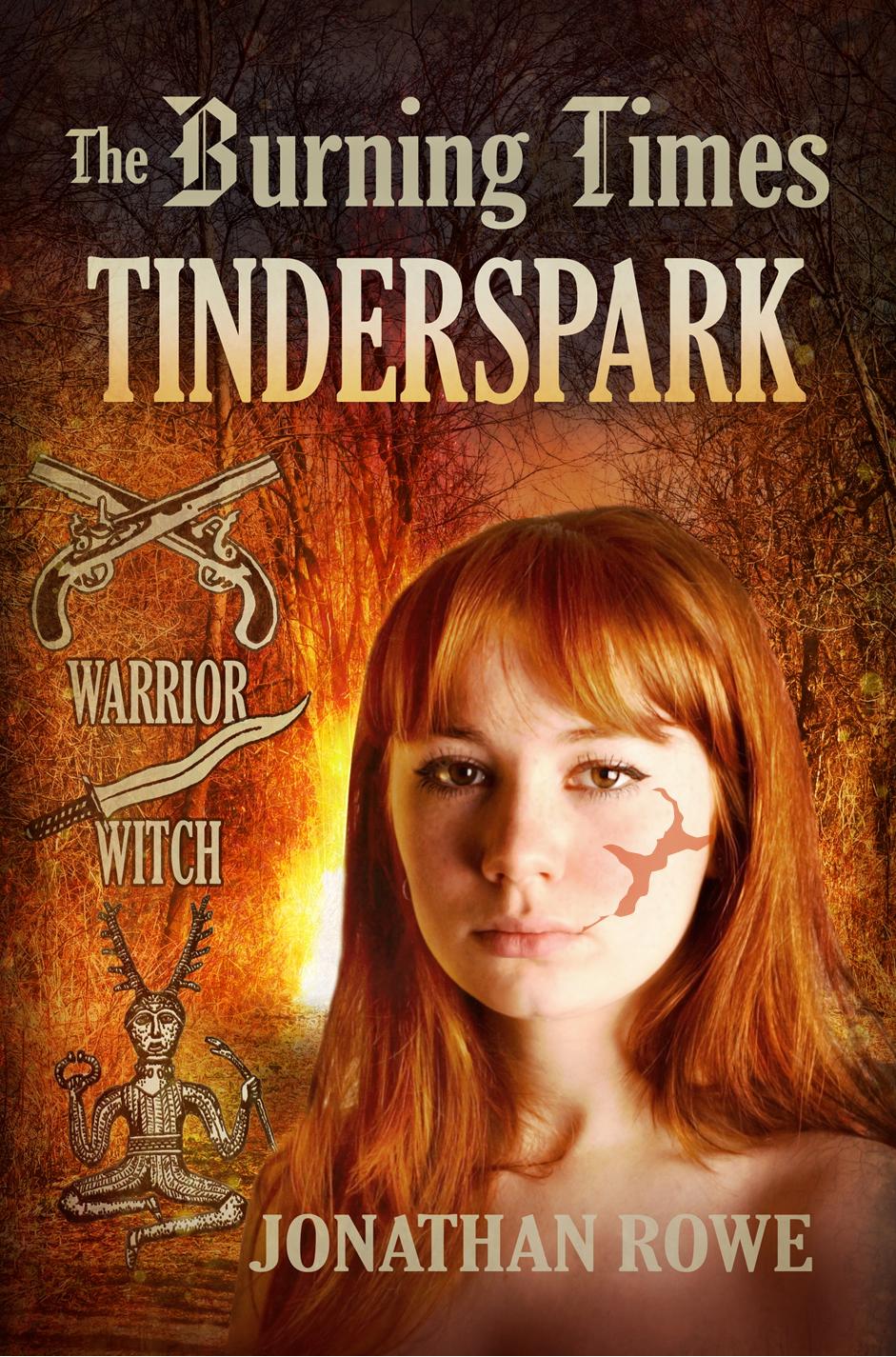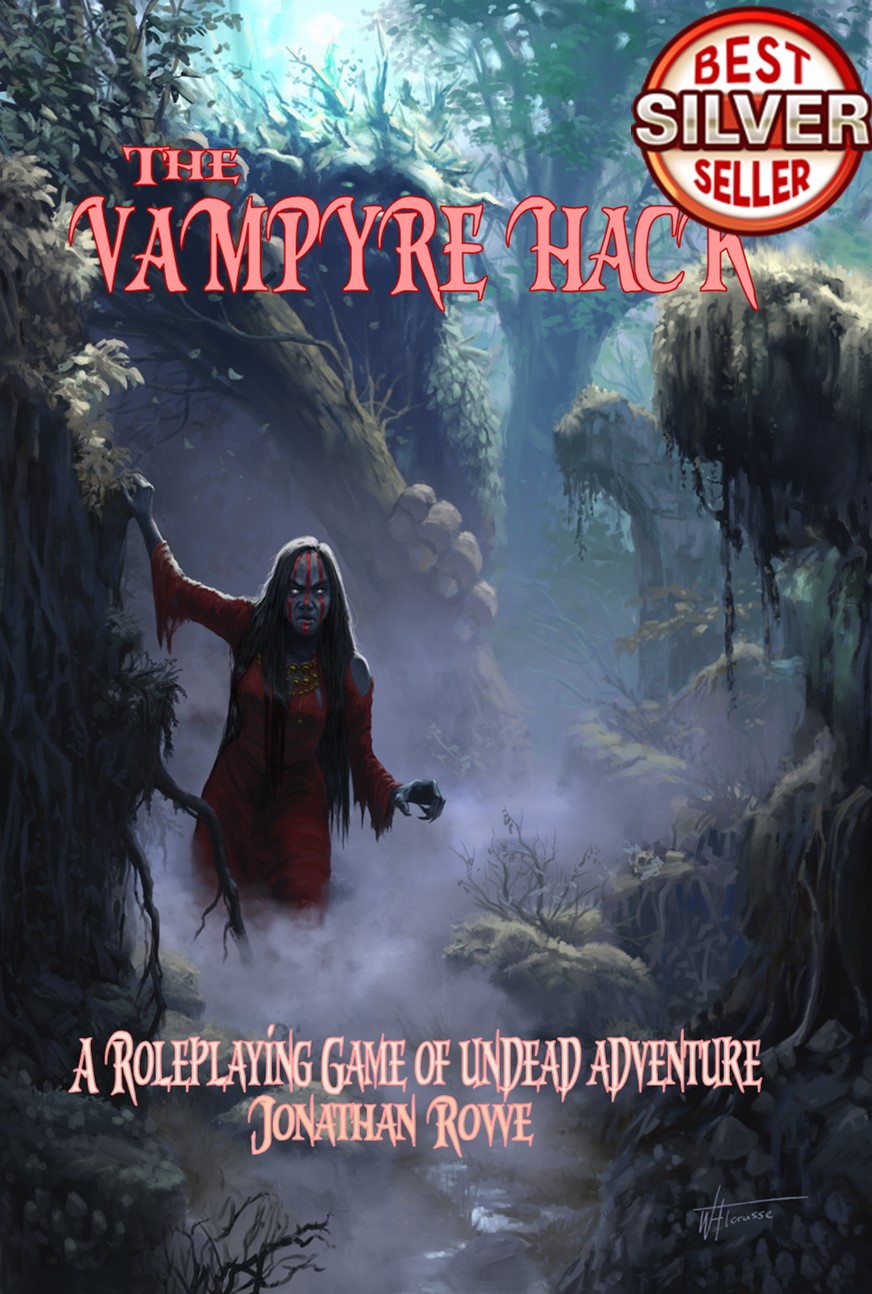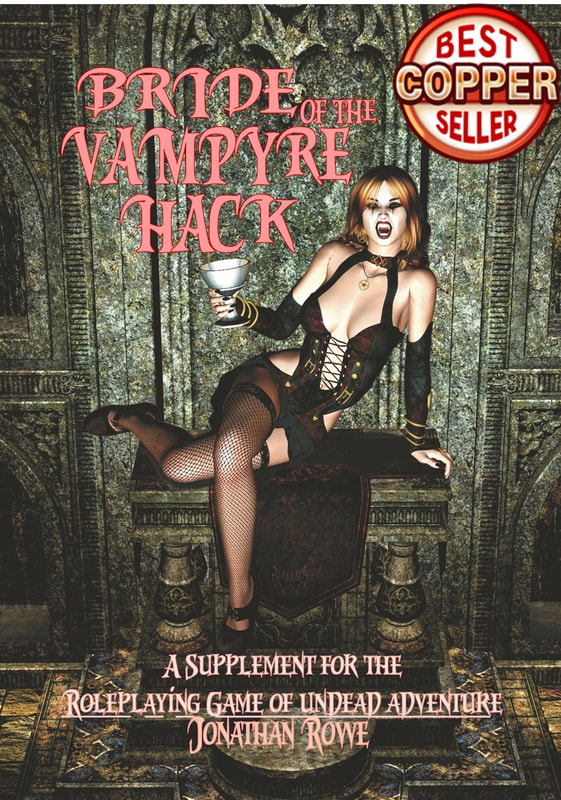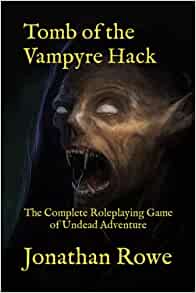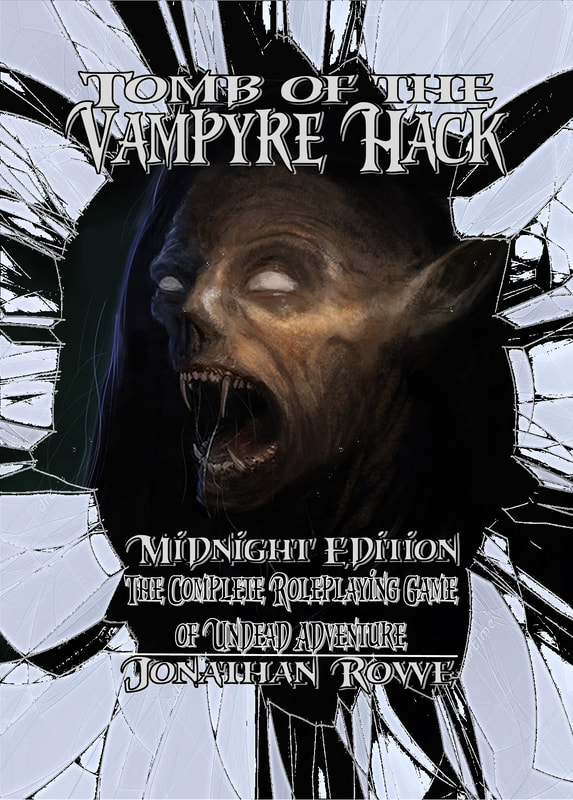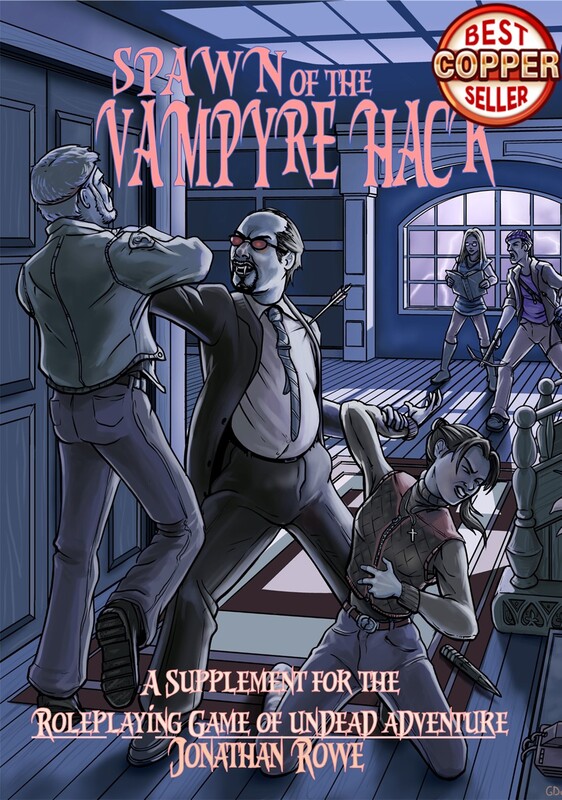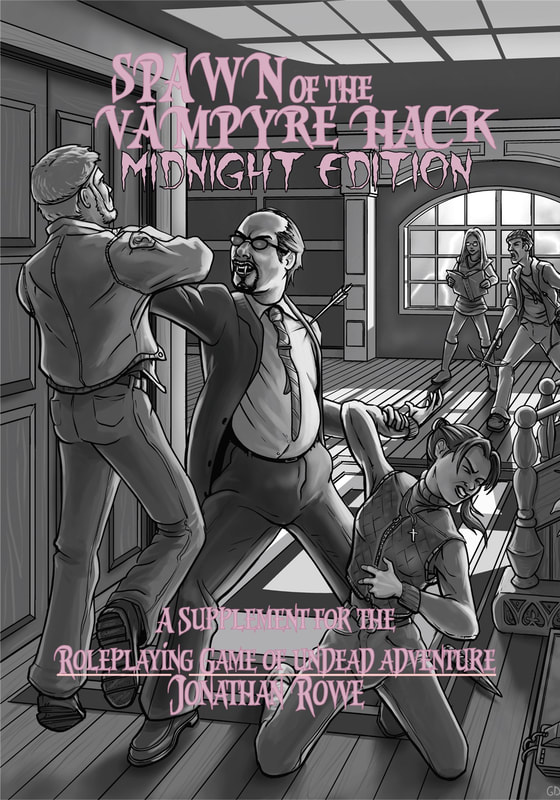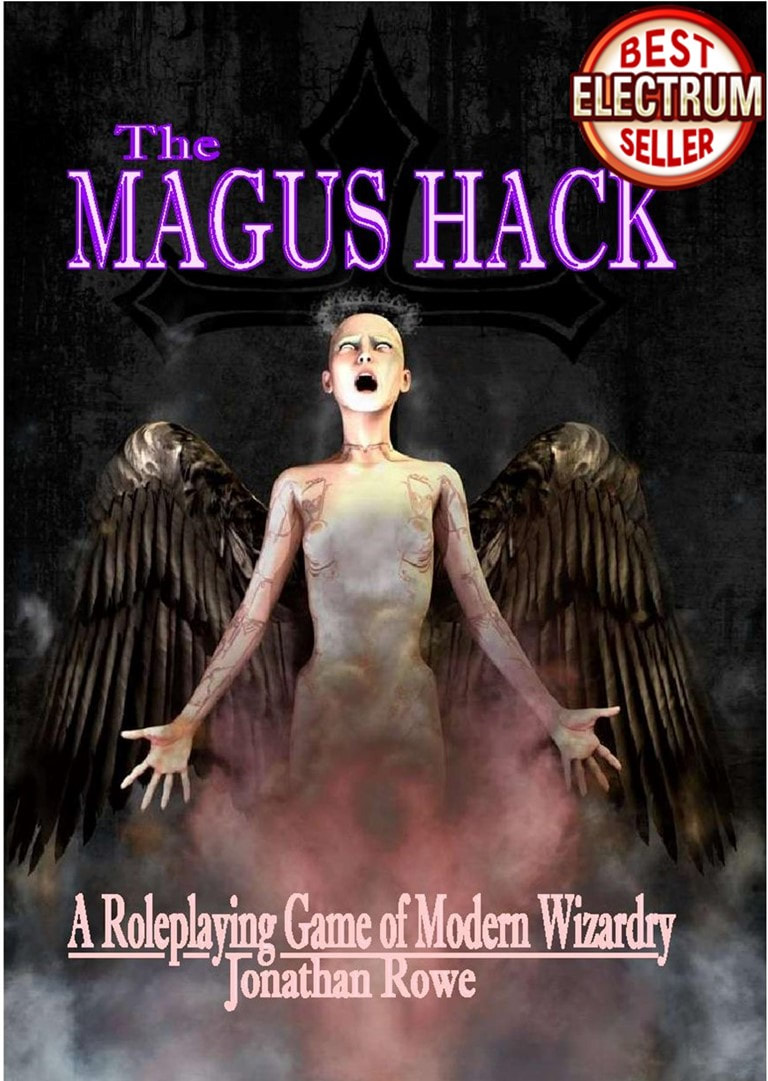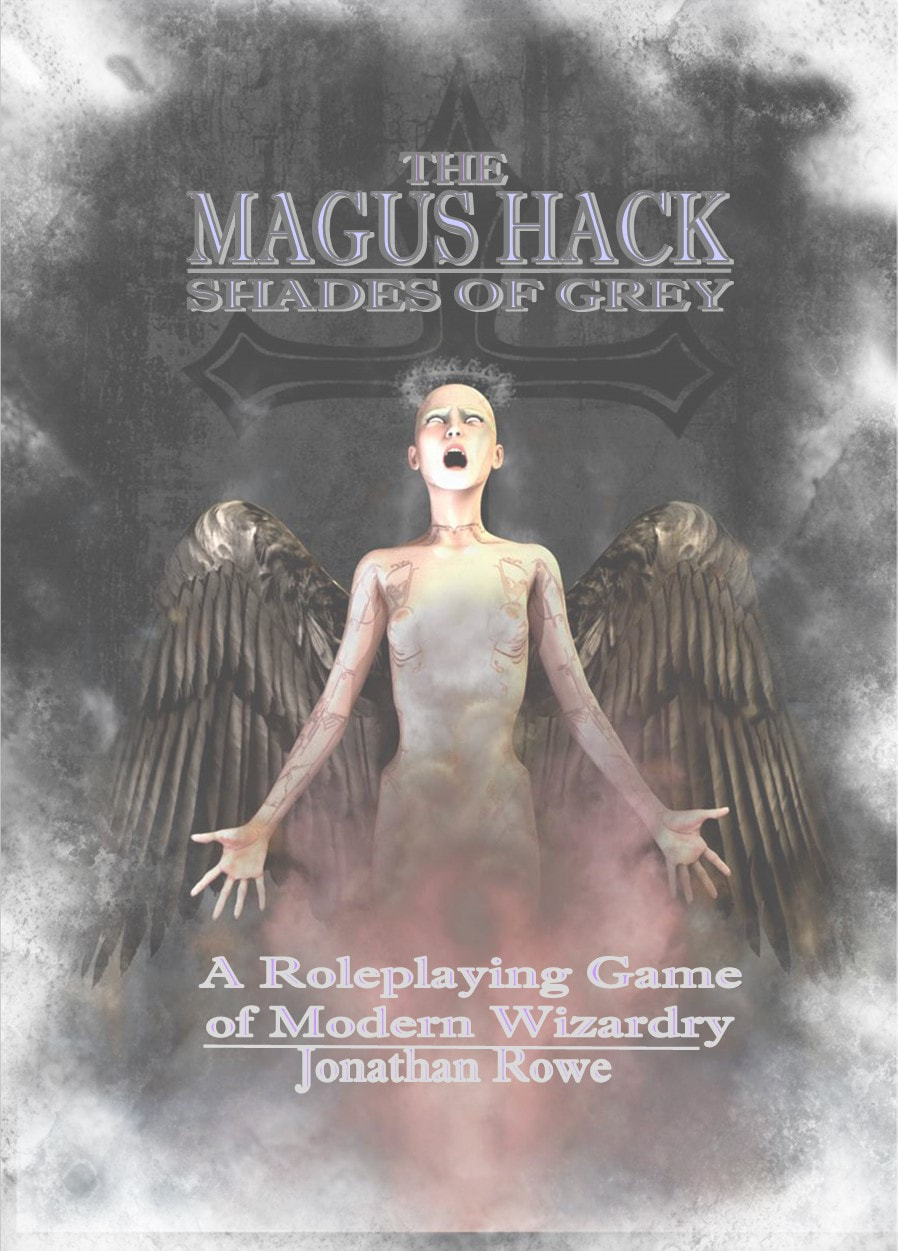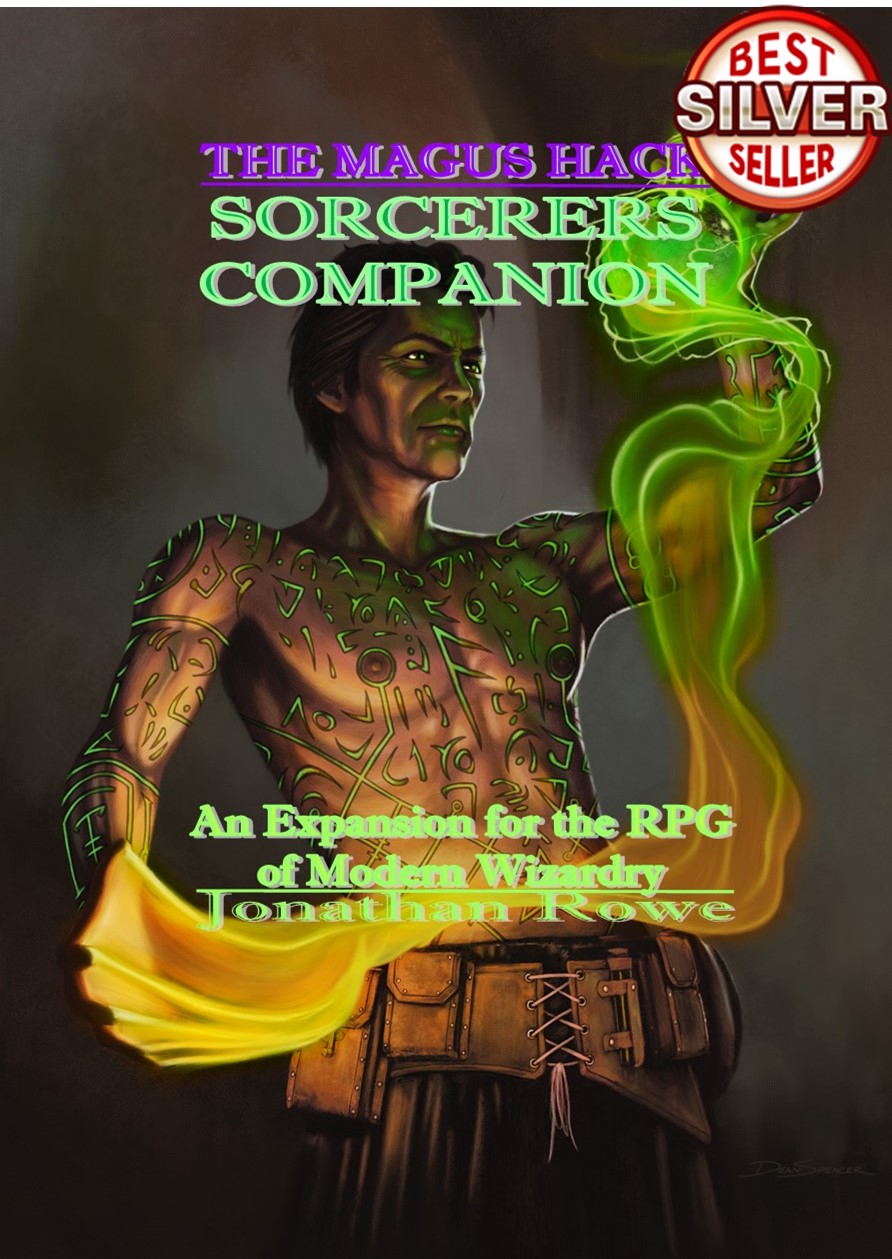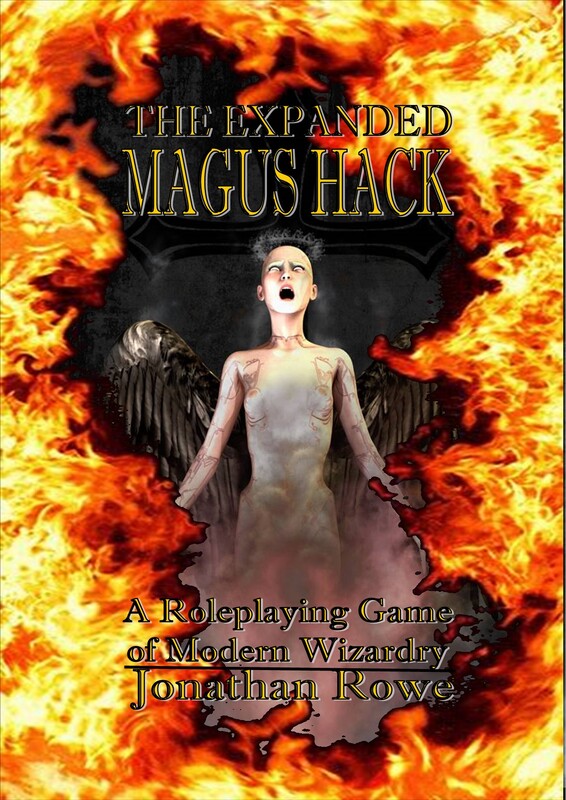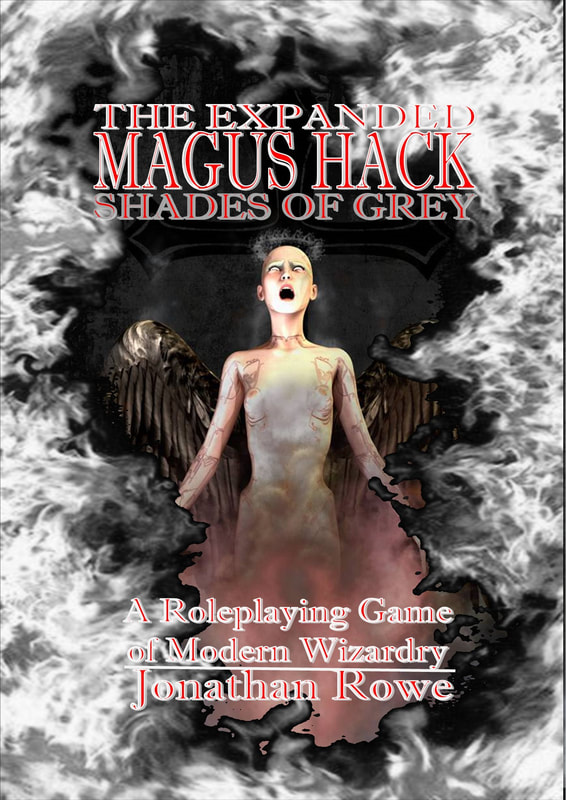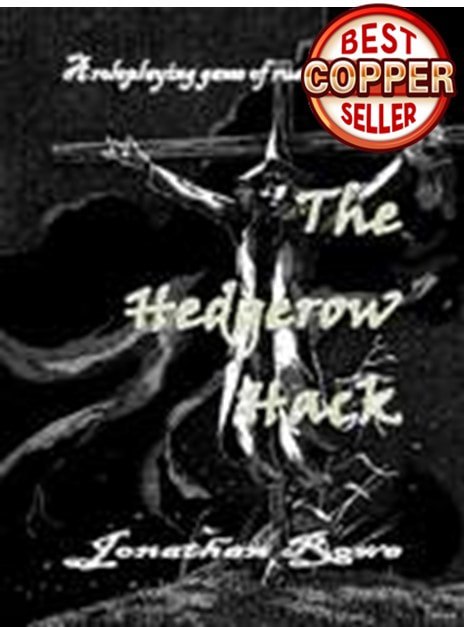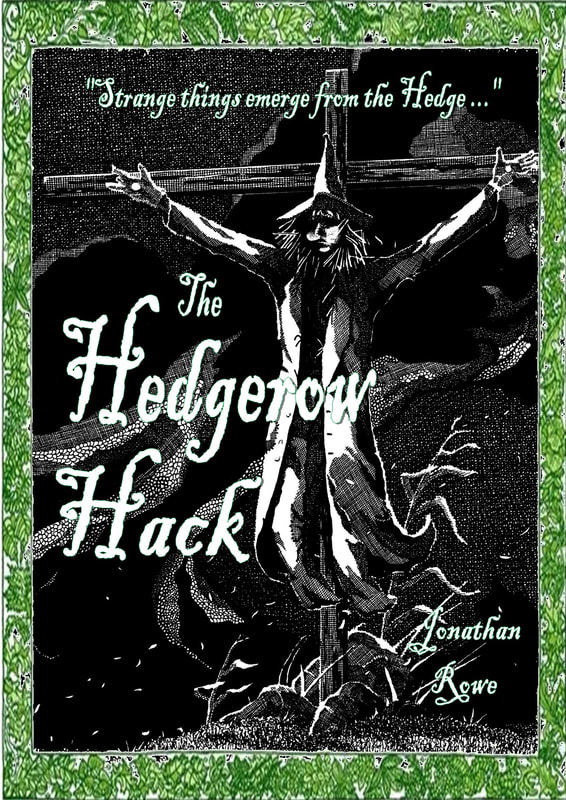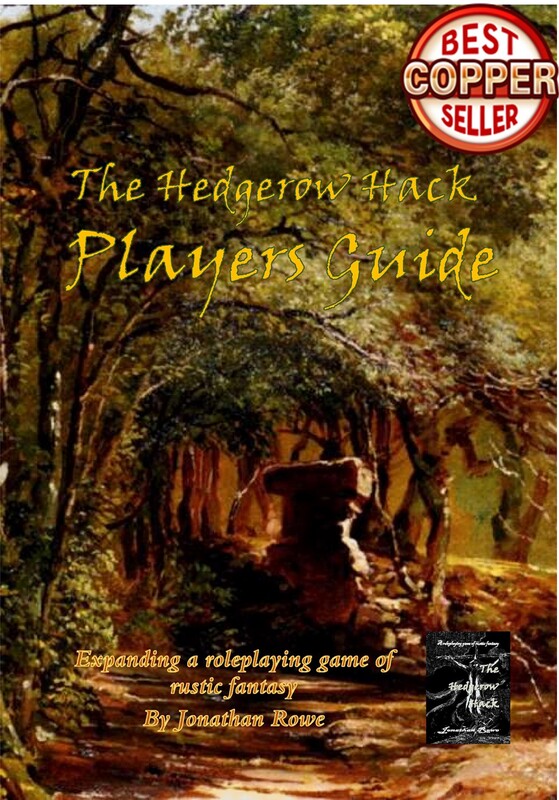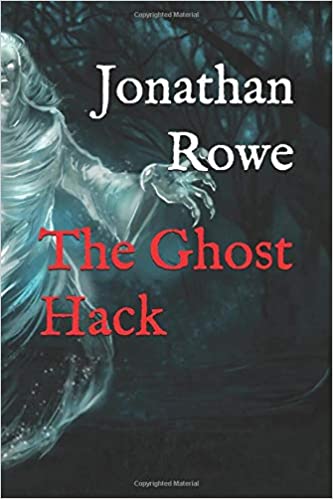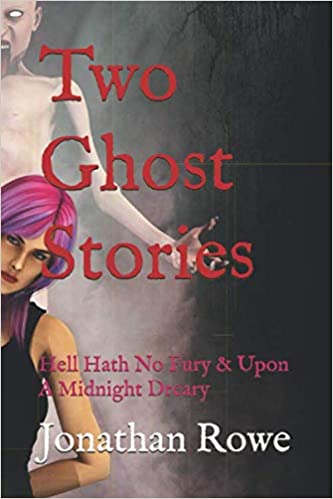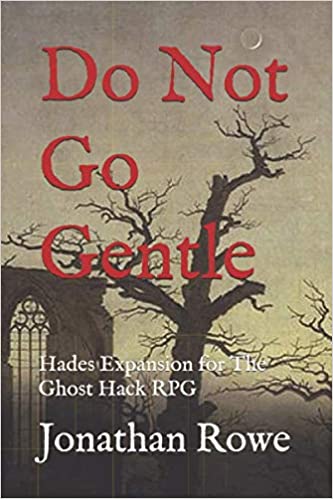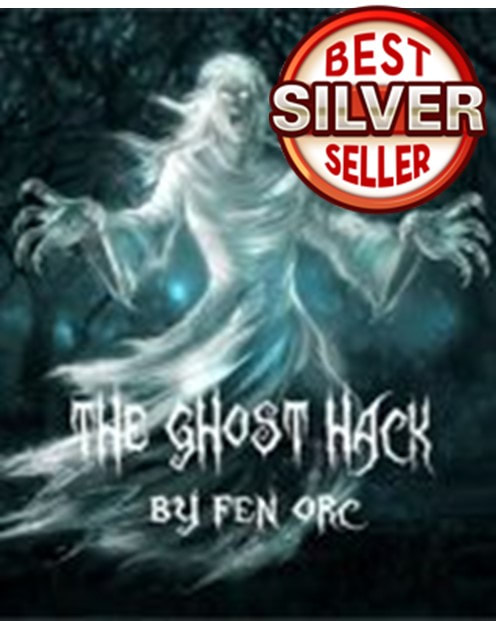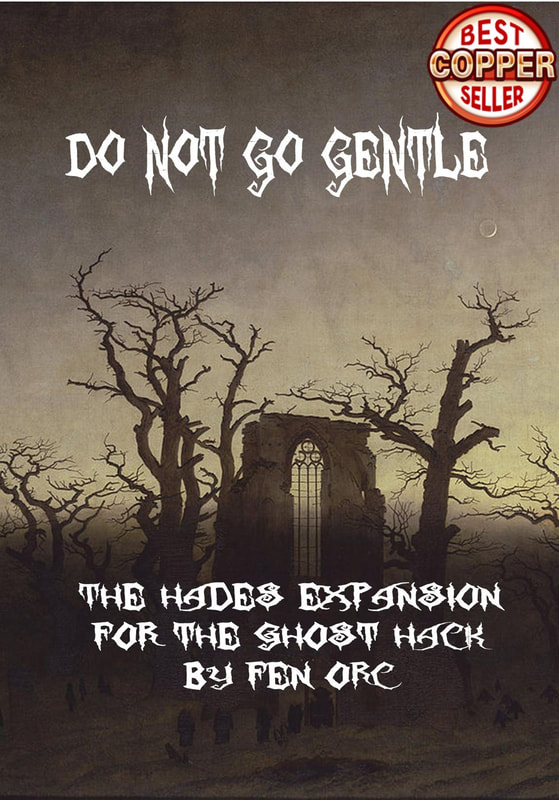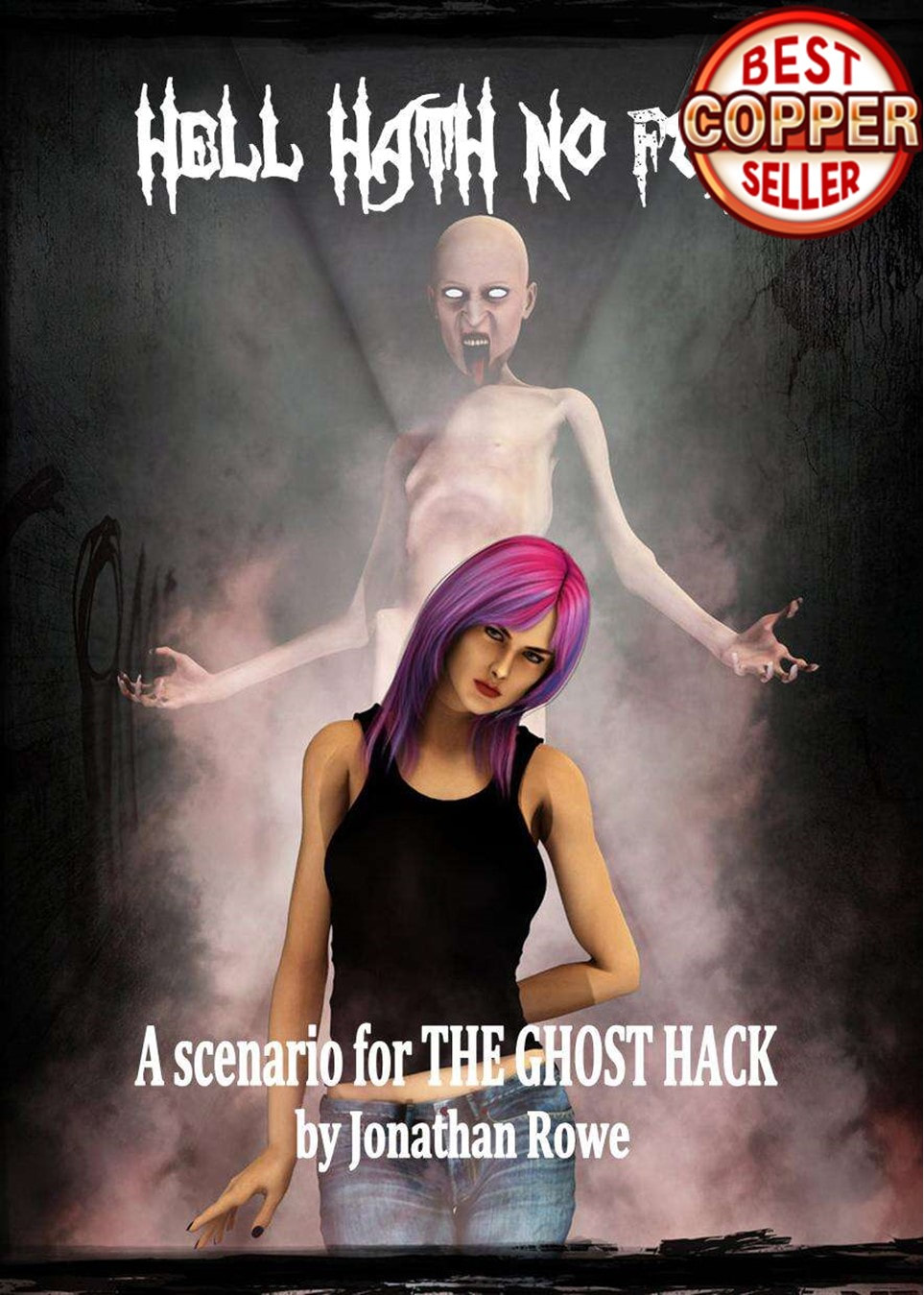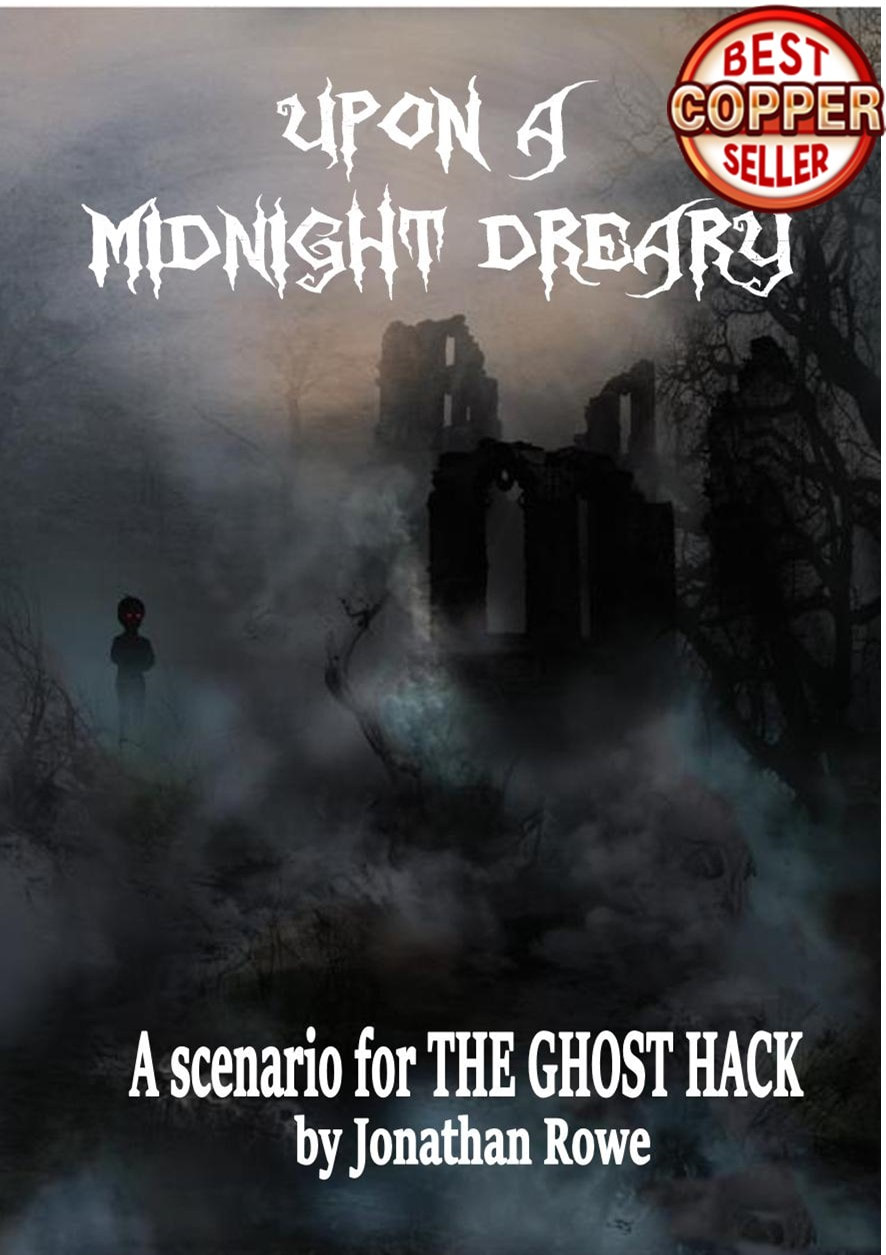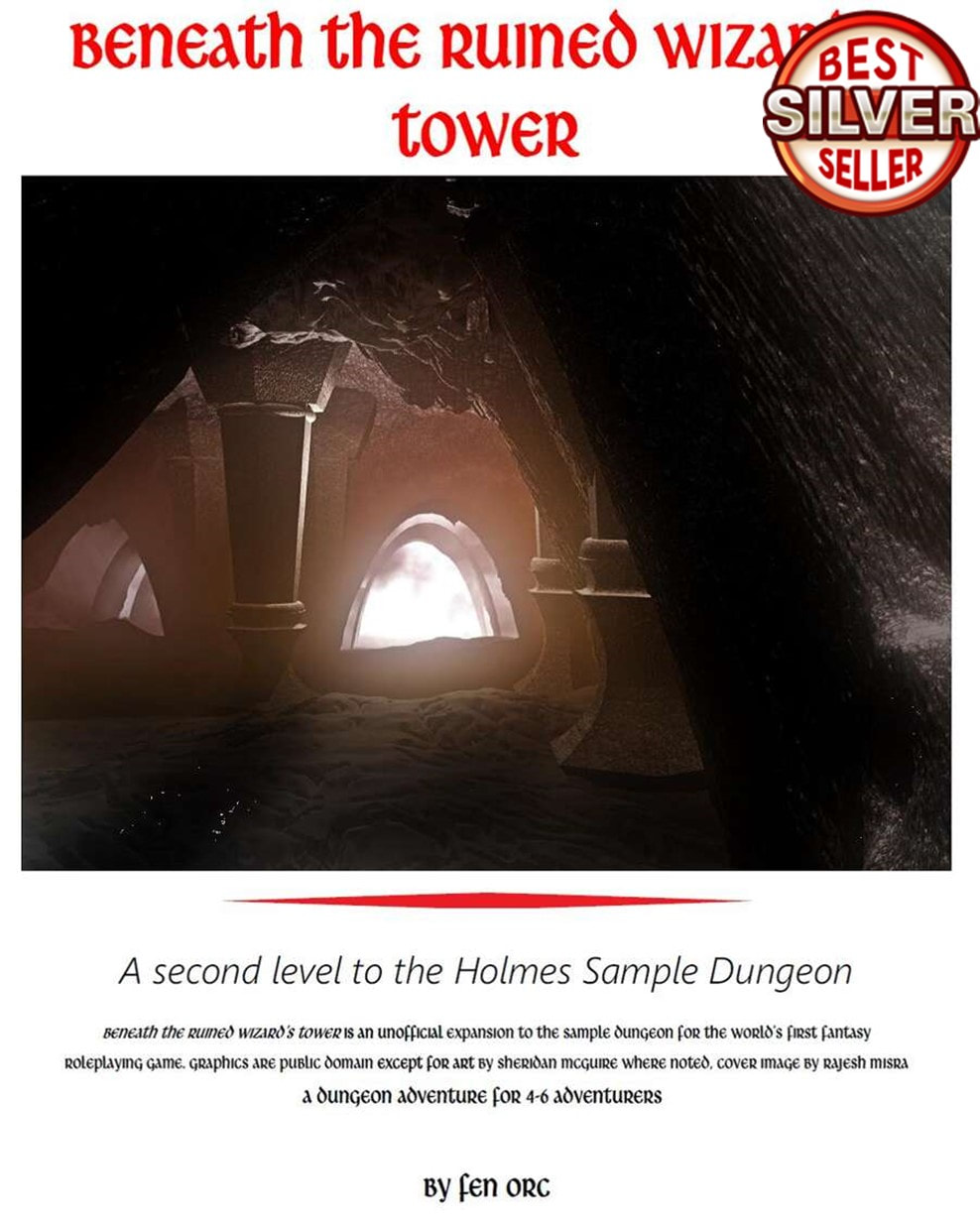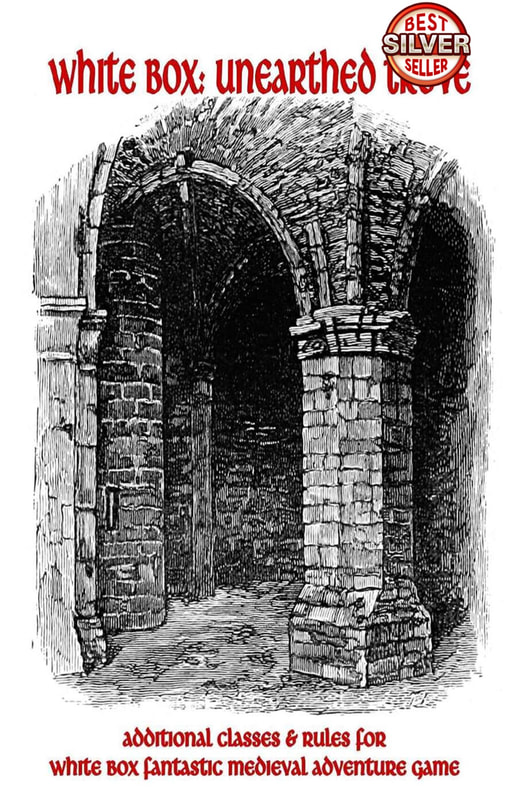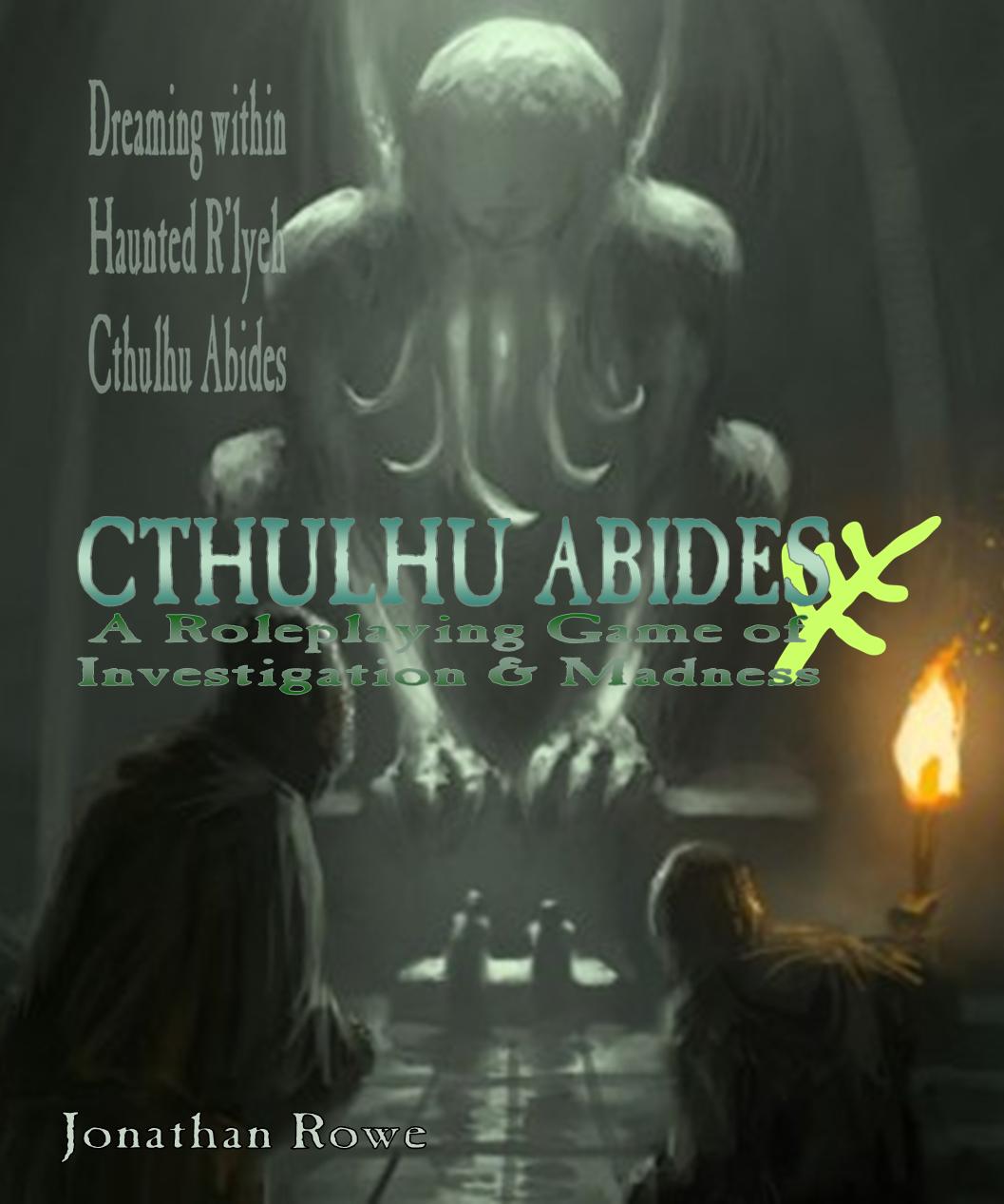|
After so many years playing RPGs, it's not often that you read something that offers you an original perspective, something you haven't given any thought to before. Such, for me, was Ryan Marsh's post Why I Made the Switch to Death & Dismemberment on his THAC0 Blog. Ryan poses an important question about character death in RPGs and does so with such lucidity I shall quote him in full: We really need to ask, “What purpose does death serve in the game?” Death is a mechanic, just like AC, so why is it needed? We could just as easily have characters always get knocked out, and come back to the game right after the fight. Is it to “punish” the bad players for making stupid decisions? I’ve found that many players play the game extremely smart, but bad luck can kill a character, so is that fair? If a character can go down in combat and get back up with no consequences whatsoever, do they have a motivation to play in a reasonable manner? Answering the question of “why” we have the mechanic in our game can give us an idea of what type of mechanic to use. Building on Ryan's insightful question, some purposes for 'death in RPGs' might be:
"Punishing players for failure" is based on what Ron Edwards calls a 'Gamist' approach to RPGs. In this paradigm, the players and the GM are adversaries: the players win if they overcome the dungeon and the GM wins if they don't. The players are also, in a sense, competing with each other for the most Experience Points. Assuming the players all start with equally competent characters, then thoughtful play and tactical decisions in combat should mean that the 'best' players survive and prosper while 'weak' players see their characters die. There's something Darwinian about this. It's hard to tell what D&D was like back when Gary Gygax and Dave Arneson were first developing it (although Ryan has a thoughtful post on this too). There's some anecdotal evidence that Arneson's Blackmoor campaign was grittier and deadlier than Gygax's Greyhawk campaign (from Michael Mornard, who played in both, and observes that Arneson used miniatures whereas Gygax's game resembled what we now term 'theatre-of-the-mind'). Gygax's PCs went on to reach incredibly high levels (Tenser, Mordenkainen, Robilar, etc) and some of them were played by his children. Yet Original D&D was firmly rooted in wargaming conventions and many people play Old School Revival (OSR) games as if an unforgiving dungeon and rapid character turnover were defining characteristics. Whether or not that's the 'correct' way to play D&D in some canonical sense, it doesn't appeal to me. I'm DMing a megadungeon at the moment using White Box RPG (a retroclone of Original D&D) and the players certainly enjoy the sense of being 'up against' a tough dungeon, yet I don't care to be killing a couple of PCs every session. Life is distressing enough at the moment without that. Moreover, it doesn't follow that, in order for the game to have winners and losers, characters have to die. Character 'death' can just be temporary defeat: you drop out of the session, lose any accrued treasure and miss out on experience points, but you'll be back as if nothing happened next session. I strongly suspect this is how Gygax played. It's fine from a purely Gamist perspective, but it's not very realistic, is it? 'Realism' has, I think, more to commend it and Ron Edwards calls this a 'Simulationist' approach to RPGs. Medieval battles with swords or bows are in fact dangerous and the wounds they produce are lethal. Hand-to-hand battles with wild animals have a high chance of causing maiming or death. Underground strongholds, vigorously defended by their heavily-armed inhabitants, are dangerous places to invade. If you want to do justice to this imagined reality then death has to be a frequent outcome. Let's be clear, from a Simulationist perspective, D&D isn't very good and OSR-style D&D is particularly unrealistic. 'Hit Points' don't admit of injuries or maiming: you've either still got them (in which case you're fine) or you've run out (uh-oh). In real life, being poisoned isn't the sort of all-or-nothing affair that Saving Throws make it out to be. Armour doesn't make you harder to hit. Nonetheless, imagined verisimilitude is important in RPGs. We feel that we are, in some sense, "really there" in the underground crypt. The idea that a character, on reaching 0 HP, simply "bamfs" away in a puff of smoke, to return unharmed next session, offends our need for immersion. A friend tells me of his 4th ed. D&D campaign where characters frequently die but Resurrection is available (for a fee) in an uncomplicated way. Die - pay a sort of 'fine' - get resurrected. This is really the "bamf!" approach to character death being given a fig leaf of in-story realism. 'Creating tension' is a return to a Gamist perspective, but with an important concession: the GM is less like an adversary or rival player and more like the croupier at a roulette wheel. Every encounter is one the players can choose to gamble on, or they can walk away from the table with their winnings. Leave now, or explore one more room... The GM spins the wheel but has no preference one way or the other. This makes character-death part of a "push-your-luck" mechanic. There's some evidence that this is how Gary Gygax saw the game, with players choosing a target in the dungeon and Wandering Monsters being a risk to be factored in. Here is Gygax offering advice on "Successful Adventures" in the 1978 Players Handbook: Avoid unnecessary encounters. This advice usually means the difference between success and failure when it is followed intelligently. Your party has an objective, and wandering monsters are something which stand between them and it. The easiest way to overcome such difficulties is to avoid the interposing or trailing creature if at all possible. Wandering monsters typically weaken the party through use of equipment and spells against them, and they also weaken the group by inflicting damage. Very few are going to be helpful; fewer still will have anything of any value to the party. Run first and ask questions later… Gygax envisions a D&D session as a get-in-and-get-out affair, where the players perhaps target a single monster or room then retreat afterwards to heal. If they want to push their luck by exploring further, well on their own heads be it! The Rot Grub Blog offers further thoughts on this as part of its 'Old School Review'. Now that I'm GMing a big mega-dungeon, I can see the aesthetic at work here. Mega-dungeons offer players precisely these options to choose the rooms they enter and retreat when they want to - as opposed to one-shots like the Dread Crypt of Skogenby that funnel the players into a climactic encounter that may be too dangerous. In practice it doesn't work like that. Players assemble for a solid RPG session, committing perhaps 3 or 4 hours or more. They don't want to ambush a room full of Orcs then call it a day. Yet if they are to stay longer in the dungeon, explore further, encounter more interesting foes and features, then the penalties for pushing your luck need to be scaled back. Yet D&D, especially OSR D&D with its flimsy first level characters, doesn't offer many ways of doing this. Many house rules address this by staving off 'true death': a character on 0 HP collapses and 'bleeds out' and does not truly die until they reach some negative number of HP (say, -10). This creates further push-your-luck, as other players must choose between offering first aid to a fallen comrade or continuing to battle monsters. I used to use this system. It creates a sort of 'buffer' between life and death and lets players make more nuanced calculations about risk and reward. In a game like White Box it works well, since few monsters deal more than 1d6 damage, so PCs are not going to be reduced too far into negative HP by a 'killing blow'. 'Storytelling' is what Ron Edwards terms a 'Narrativist' perspective on RPGs. We gather together to tell a story, with varying degrees of collaboration. There are character arcs. There are themes. There are conflicts and they are resolved. Joseph Campbell's monomyth of 'The Hero's Journey' is often used to illustrate an engaging Fantasy RPG story: In terms of the Hero's Journey, entering a dungeon is crossing the threshold and for the story to be meaningful the players must encounter 'death' in some form and either suffer it, embrace it or escape it - how else can they 'return changed'? This of course is 'Narrative Death' and it's intensely meaningful. It might be heroic self-sacrifice or inevitable just deserts; it might be noble or tragic; it might draw out themes of love or honour or courage. What it is not, and should never be, is random or arbitrary. The problem is that the Gamist elements of RPGs work against the Narrativist: bad dice rolls mean characters can die at inappropriate times, ruining the dramatic arc... good dice rolls mean they escape their dramatic fate, trivialising the story. Of course, as Game of Thrones illustrates, sometimes surprising and inopportune deaths have more drama than the epic and symbolic ones. And the surefire knowledge that your character cannot die until his or her allotted meeting with destiny drains tension out of the game. Nonetheless, given the work players put into their characters and the investment they make, some Narrativist significance is needed for most character deaths. Mere bad luck won't cut it. Death & Dismemberment Ryan Marsh advocates the 'Dearth, Dismemberment & Insanity' house rules, developed by Arnold Kemp on the Goblinpunch Blog. I'll discuss the 'Insanity' rules another time, but here's my version of the system: Hit Points represent your ability (skill and luck) to avoid injury. When your Hit Points reach zero you are vulnerable to lasting injuries. You do not collapse on 0 HP. You can carry on moving and fighting and casting spells on 0 HP. Your HP can never drop below 0. Whenever damage of any sort would take your HP below zero, calculate its LETHALITY. This is a score based on a d12 roll, adding the excess damage inflicted and the number of Injuries the character already has: A Lethality score of 10 or less indicates you take a minor Injury; 11+ means you suffer the minor Injury and also a more serious Injury along with a Fatal Wound. Really high Lethality scores indicate lots of Fatal Wounds as well as the serious and minor Injuries. You can roll 1d6 for the Injury location or choose based on the dramatic description: Injuries have the following effects: Example: Horatio is on 1HP and is hit by an Orc for 3 damage. He rolls 4 on a d12, scoring 6 Lethality (4 on the roll plus 2 for the excess damage). The location is 'head'. Horatio is on 0 HP and is Concussed. He carries on adventuring and, in another fight, is hit for 2 damage. He rolls 11 on a d12, scores 14 for Lethality (11 on the roll plus 2 excess damage plus 1 existing Injury) and the location is 'torso'. Horatio has a Fatal Wound (which another PC tends) and crushed bones: he rolls a broken spine and is paralysed. Horatio is now on 0 HP with 4 Injuries (his earlier Concussion, plus the Bleeding, the Crushed Spine and the Fatal Wound, which still counts towards his total even though he survived it). These injuries last until the patient spends time in recuperation, for a number of days equal to the result of the d12 roll. Cure Light Wounds and other minor healing does not affect Injuries. However, Cure Serious Wounds or a Potion of Extra-Healing might remove a minor Injury; Cure Critical Wounds could remove a serious Injury or up to 1d6 minor Injuries; a Heal spell will remove all Injuries, including Fatal Wounds. If magic is used to remove Injuries it does not also restore lost HP: one effect or the other, not both. Ryan sings the praises of this approach, which (I feel) reconciles the Gamist, Simulationist and Narrativist purposes of 'Death' in RPGs: Characters don’t want to go below 0 because major injury can happen, so the fear is still there, but death is not assured. They still might bleed out over the floor, but the time frame is much quicker and desperate. I now have some heroes with some great war stories, and the wounds to show for it. Over time their characters are becoming richer, but also are becoming more mangled and might have to retire. My players love this system compared to the previous versions I have used and it is right for my table. Final Tweaks I like the idea of Dismemberment getting more severe as the Dungeon Level increases. Instead of everyone rolling 1d12 for Lethality, why not let 1st level characters roll 1d4, 2nd level characters roll 1d6, 1d8 at 3rd and 1d10 at 4th; only when they hit 5th level (and the 5th Dungeon Level) do characters roll 1d12. Perhaps at Name Level they should roll 1d20 (assuming they are up against 9th level foes). This causes the stakes to rise as the players progress to deeper dungeon levels while freeing poor 1st level characters from the very worst outcomes. (This is perhaps more important in a game like White Box where higher level monsters have more HP but don't necessarily deal more damage. In AD&D where tough monsters deal colossal damage, higher level foes will generate more nasty injuries without any scaling. In the same vein, I ask PCs being treated for Fatal Wounds to make a saving throw vs death otherwise the first aid failed.) I also like the idea of sacrificing shields or weapons to hold off injuries. A player should be able to choose for their shield or weapon to be smashed in order to soak some of the pain. In return for losing their equipment, the player does not have to roll a dice for Lethality (just add excess damage to existing Injuries). If the equipment was magical, the character might be spared taking any Injuries at all. Example: Bru Preslap battles a dragon on the 5th dungeon level. He is on 2 HP and the Dragon bites him for 6 damage. Ordinarily, Bru would roll 1d12 for Lethality and add +4 (the excess damage) but he feels there is too high a chance of a serious Injury that would floor him. He sacrifices his shield, foregoes the die roll and his Lethality score is 4, which results in a maimed limb. The monster's bite shatters Bru's shield and dislocates his shoulder, but Bru fights on (on 0 HP). You can download a short document with my version of these rules here:
3 Comments
Shakespeare knew a thing or two. In The Tempest, the lovers Ferdinand and Miranda are discovered playing chess: an image of harmony as they engage in play-conflict, while around them the real conflict on the island is harmonised by the putting on of a play. Then Miranda, rising from her toy soldiers, sees real soldiers for the first time and exclaims: "O brave new world that has such people in it!" After a couple of weeks of isolation, you get a sense of Miranda's delight in human contact. Have you ever been so involved in a game, you forget there were real people out there, playing it with you? But much worse is when you look around and all the real people have all disappeared and you're just surrounded by chess sets! Wait a moment: THAT'S not Ferdinand and Miranda! The business of reconnecting with people through play is on my mind. Which is to say, yes: I've been trying to get round the current crisis by doing roleplaying online. Online roleplaying. It’s a substitute isn’t it? Like nicotine gum or aspartame. What you want is to be round a big table with your friends, rattling dice, scribbling notes, cracking jokes, putting on voices, gesticulating, pausing for outbursts of hysterical laughter. What you get is a bunch of people squinting at their webcams saying things like “Is this ON?” and “I can’t HEAR you!” and “Can anyone hear ME?” and “Where did Rob go?” My gaming group and I, we are getting round the ‘Rona by meeting in Google Hangouts to enjoy fun, regressive D&D. I haven’t taken D&D seriously in an age but it lends itself to this new medium because (i) everyone knows what they’re doing in a dungeon and (ii) dungeons impose their own rhythm and discipline which you can lean into pretty hard while people are trying to get their webcams to work. The medium has actually brought together old faces and new faces: veteran gaming buddies and new ones, people I’ve never gamed with before, even my daughters. Online interaction might be awkward but it has expanded our circle and broadened our social world. I suppose, like a lot of ‘Rona coping mechanisms, it disrupts our old patterns and networks, causing us to reform them in new and interesting ways. Now THAT'S Ferdinand and Miranda I think about The Tempest a lot, because it seems to be about the power of creativity and play to unite people under difficult circumstances. Prospero and Miranda are isolated on their island and Ariel's magic ensures the shipwrecked protagonists are socially distanced. Yet they are nonetheless brought together and reconciled; they see each other with fresh eyes thanks to Prospero's masque: the art of a Dungeon Master. Welcome to the White Box Back to D&D. Or rather, WHITE BOX RPG. You see, the question of ‘What version of D&D do we play online?’ is a vexed one. Tactical movement is out since I can’t cope with the psychic overload that is Rolld20. It’s theatre of the mind all the way for me. I’m too set in my ways to master 5th edition. Heck, I’m too set in my ways for 3rd edition. So it has to be loosey-goosey fly-by-the-seat-of-your-pants D&D. That means Old School D&D. The Oldest of Schools. Charlie Mason produced White Box RPG as a 2017 update of Swords & Wizardry: White Box (2009), which is Matthew J Finch’s ground breaking retro-clone of the original Gygax/Arneson D&D ruleset from 1974-8 (known to fans as the ‘White Box’ set – hence the name). Mason's White Box is a sweet little 144 page softback with fantastic B&W art in that heavy, baroque 1970s/80s style. You can pay (not very much) for a nice copy or just download the PDF for free. What you get is D&D stripped down to its undies and cranked up on Jack Daniels. Everyone gets six sided Hit Dice. All the weapons do a single d6 damage, +1 or -1, and all the monsters do 1d6 damage, except dragons etc (they do 2d6 damage). Time that you’re not wasting consulting tables or navigating stat blocks is time that you are spending on vivid description or fiendish creativity. Or getting your webcam to work. Either way, it’s liberating. White Box has some 21st century touches. It offers the Ascending Armour Class system as an option and I fully endorse that: AC becomes the number you need to roll on a d20 to hit your opponent and everyone gets to add their Hit Dice to the roll. I’ll review White Box in more depth in another post: suffice to say, I’m thoroughly enamoured. I can provide my players with little PDF copies and they – coming from a range of backgrounds, ages and differing experience with RPGs – all grasp these mechanics instantly, with veterans having no real advantage over newcomers. Welcome to the Dungeon We have a group of players, consisting middle aged men, young thrusters in their 20s, my crazy daughters, a motley crew and most have them have never roleplayed with each other before or with me DMing before. It’s going to be important to choose the right scenario. So I chose the wrong scenario. Let me be clear: there’s nothing wrong with Dread Crypt of Skogenby. It’s a crackin’ scenario for TORCHBEARER RPG and it converts to D&D easily: I’ve got a blog post discussing it. Click the image to visit the PDF Yes, it's a crackin' adventure but it is quite a demanding one. It’s also a one-shot that funnels the players into a tense showdown with a powerful spirit. I know that, ordinarily, my round-the-table players would gobble this scenario up. They would delight in figuring out its evocative mythology, they would engage with the spirit in a theatrical way, they would find some clever-sensitive way of laying it to rest and/or retreating with the young girl they’d been sent in to rescue. In the online version of things, not so much. The unholy trinity of mic/webcam/text is a bit alienating anyway and can make strangers of people that we feel we know so well when they’re sat across from us in person. Add to that the problem that some of these people really don’t know each other all that well and you have a communication problem. Again, round the table there’s often nothing else to do but speak up. But if you’re at home, in front of your screen, dealing with people remotely, the temptation is to let others do the heavy lifting. I think I was less forceful and directing as a DM; the players were less communicative and mutually supportive, less curious. Anyway, it was a Total Party Kill. They all died. Thank you folks and good night. See you next week, I hope…! Welcome to the Mega Dungeon You see, a bunch of new (to each other) players tentatively exploring RPGs in a new medium don’t want a tight, demanding one-shot scenario. They need something a bit more generous; something that gives them space to wander and time to get onto each other’s wavelengths, master the technology, find a rhythm, grow some confidence. What they need is a great big wibbly-wobbly dungeon with lots of empty rooms and long corridors, traps and puzzles, rooms to inspect and then not go into, wandering monsters and big piles of treasure. They need to be able to go where they want and stop when they want, without being shepherded into a scary climax or forced to confront something nasty. They need a sandbox to play in. They need a MEGADUNGEON! The discussion about what megadungeons are and what’s good or bad about them can wait for another blog post – but if you can’t wait that long, go and read this: The beauty of a megadungeon is that it’s huge, the entire campaign takes place inside it (more or less); you can wander in at 1st level and keep on adventuring till you wander out at goodness-knows-what-level. Bad megadungeons are all hack’n’slash but good ones have NPC interaction, politics and factioneering, mysteries and a sense of emergent epic plotting There are a lot of these on the market, so I questioned my sources on the Outer Planes and came up with two: STONEHELL: DOWN NIGHT-HAUNTED HALLS and BARROWMAZE COMPLETE. Click the images for links to lulu (Stonehell, also PDF version) and drivethrurpg (Barrowmaze) There’s a clear difference in the products. Greg Gillespie’s Barrowmaze was crowdfunded and has top notch production values: striking old-school art (some of it by TSR luminaries), wonderful graphic design and maps, the whole 260 pages are sumptuous. It’s also ambitious. It introduces you to a region, its history and religions, the vast Barrowmaze itself and the myriad micro-dungeons that sprout out of it like toadstools. It will take me a month to digest this and another month to dream about it. Then I’ll be ready to DM it. I reckon the ‘Rona will still be around by then. Michael Curtis’ Stonehell is a much more modest affair. It’s softback, 134 pages, 5 dungeon levels and 700 rooms (but more levels available separately). The art is minimal, the graphics are competent, but it’s crystal clear throughout and uses Bowman & Shorten’s 'One Page Dungeon' method. Each level is introduced with a few pages of discussion and spotlight on key monsters, NPCs and artifacts, then the level gets broken into 4 quadrants and each quadrant has its map and random tables on a single page and the room descriptions on the facing page. So easy to use. You can almost pick-up-and-play. Both dungeons are designed for use with Daniel Proctor’s LABYRINTH LORD, which is a popular retro-clone of the Moldvay/Cook Basic/Expert D&D rules from 1981, extended up to 20th level. Now Moldvay/Cook D&D is pretty much the Rosetta Stone of early Fantasy Roleplaying (before things started going all strange with cantrips, non-weapon proficiencies and healing surges), so if you can’t make Labyrinth Lord convert to your preferred OSR version of D&D then there’s something the matter with you. Stonehell it is, then We’re starting with Stonehell. Don’t worry: no spoilers. The players created their characters and this follows a now familiar trajectory: the characters are all a bit silly, but over the first few sessions they discover their own identity and become more serious and flavourful. Homebrew class variants and races pop up instantly: Darjeeling is a convicted Thief whose hand was chopped off. He has a mechanical socket there now into which he slots a range of attachments: grapples, cork screws, files, flints for lighting tinder, something for taking stones out of horses’ hooves, that sort of thing. ‘Swampy’ is a Swamp Elf, with a sort of Iroquois aesthetic. He served a tour with the Warden Rangers who gave him his nickname. He doesn’t share his true name with anyone until they’ve earned his loyalty and trust. He's good with poisons but his magic is slow. Horatio is a Street Mage with a newt familiar named Nelson. Street Mages have trouble with real magic but they’re great with smoke bombs, sleight of hand and chicanery: they can pick locks and wield short swords. Shame he only has 1 HP. Dian is a Danaan Druid, who has a wild boar heart-companion and wields spears and scimitars, but turns faeries instead of undead. Good luck with that! Along the way, we have to introduce a new PC, but since the gang are exploring a crypt, it makes sense for the character to be Gore, a Half-Ghoul who has spent a century locked in an ossuary, gradually evolving a rational mind. If you're intrigued, the file for these new variants is available below: it will work for any other early D&D variation (Holmes, Basic/Expert, etc).
We've run a couple of sessions. It’s a fitful process – and not just because of the Internet, which enables and impedes in equal measure, according to its whims. I’m used to creating a campaign with a lot of setting and clear plot arc in mind then getting players to create the sort of characters needed to tell that story. This experience reverses all that: the players roll dice and create whatever characters they see fit then charge off into Stonehell and out of this chaos something orderly emerges, somehow, perhaps. It’s a style of roleplaying I haven’t really explored since I was a teenager. I find myself strangely energised by all this. I'm buying better mics, a webcam that works, browsing gigantic dungeons, composing or stealing homebrew rules, anticipating the next session when the PCs might get to that room or fall into that trap. The news media brings its daily miseries as the 'Rona prowls around our houses, but here, for a while, playing these games, I feel removed from the present anxieties. I identify, I hope optimistically, with Shakespeare's Prospero as he brings his masque to a close: We are such stuff The Hidden Hand Of The Horla is a scenario by Ryan J. Thompson that’s currently on offer over at drivethrurpg for five dollars, which is fine value for a 22-page module. Ryan does a lot to support OSR RPGs through zines and scenarios and the Gamers & Grognards blog. I picked up Horla because (1) I see Ryan is offering a discount on it and (2) I need a good old-school dungeon for my adventures into online RPGing these days and (3) the literary reference intrigues me. The module is designed for use with Gateway to Adventure, a Fantasy RPG still in development, but in truth it works frictionlessly with any early iteration of D&D or its charming retro-clones. There's a OSE version in the pipe, apparently. I prepped it for play using White Box RPG. Literature out of the way first: the Horla is a monster from Guy de Maupassant’s 1887 gothic fable of the same name. Maupassant’s Horla is a spectral parasite that attaches itself to the hapless narrator and drives him mad, despite (quite possibly) not even existing at all. H P Lovecraft cites it as in influence for The Call of Cthulhu (1928), since it's a mind-controlling, madness-inducing alien from the Southern Pacific bent on taking over the world. Ryan’s scenario eschews Gothic creepiness in favour of flat-out inter-dimensional weirdness. A wizard’s tower appears out of nowhere, after disappearing so long ago that it is legendary even for elves. The Tower looks like a massive hand. There are corridors and rooms in the fingers. You’re itching to go in and look about. Finding treasure and magical gewgaws is almost an added bonus. Legends tell of the Hand Mage's Tower that once stood at the edge of the realm. Within the Hand Mage experimented and hoarded his magical treasures. The tower stood for many years until one day it mysteriously vanished. Rumors spread that the mage had offended the gods and had been eradicated from existence, or else had made a pact with a demon prince and was now paying his due. Whatever the case, the tales became legend and all but the oldest elves were unsure if the tower had ever existed at all. Now the tower has reappeared where it once stood. Will you dare to enter the ancient tower in search of riches and magical secrets? This, in a nutshell, is it: you are creeping around a bizarre mansion of a long-gone plane-travelling wizard, figuring out his mystical tricks, traps and enchanted rooms, while encountering the nasty denizens who have crept in there too, either for a cosy place to lair, or to loot the place just like you. The single biggest strength of this dungeon has to be the architecture. The layout is imaginative, with multiple exists and entrances and diverging routes through the thumb and fingers of this peculiar structure. The floorplan is beautifully drawn but it will take a few passes for GMs to figure it out and how it relates to the text. One drawback is the linear flow of the adventure: PCs enter, move through the rooms, gather clues to access the wizard’s inner sanctum and, on doing so, confront the Horla, whereupon high-jinks ensue. Ryan takes a number of steps to break up this linear pattern. For one thing, there’s the option of accessing the dungeon through different entrances. For another, there’s a band of humanoid monsters loose on the site and a neat little table reveals their doings, as they ransack different rooms ahead of you. There’s also a Rumour Table that might tip players off to explore certain areas. These variables give what would otherwise be a narrow predicament plenty of variability and replayability. There's this gung-ho aesthetic at work, offering a backdrop of multi-dimensional vistas, insane high level wizards and mystical talking furniture. Ryan takes clear aim at the old Judges Guild adventures of the ‘70s and especially Wee Warriors' Palace of the Vampire Queen (1976). These sort of scenarios expected GMs to improvise and invent rather than offering text boxes to read aloud and a plot to follow slavishly. To this end, Ryan's background introduces the Hand Wizards and their dimension-hopping technology and the appendices provide “hand” themed spells for PC Magic Users to make use of - but it's up to the DM to decide how much of this should feature in the actual adventure. Having said that, some aspects are underdeveloped. The dungeon occupants are mostly unintelligent critters – oversized bugs and bats and serpents and stuff. All well and good, but there’s not much drama in confronting these. One would hope for more startling opponents in such a weird place: I dunno, golems, captive aliens, robot butlers, brains in vats, stuff that will make the players’ eyes pop. Giant centipedes just don’t cut it. Like this? Similarly, the Wandering Monster table just throws more of these pestiferous vermin at you. I feel there ought to be EVENTS going on in this place: rooms activating or deactivating, magical atmospherics, dimensional vortices, wrinkles in time, the whole tower warping out to cosmic destinations. Maybe like this? In a similar way, the climax, though unexpected, is a bit undercooked. For one thing, the players will discover references to the ‘Rod of Na'ir’ that can be used in ‘the Helm’ to launch the Tower across the dimensions – but there’s no reference in the text to where the artifact is or how it can be used. I suppose this is a conflict of philosophies. Ryan wants the scenario to be a barebones affair that different GMs and players can take in different directions: his commitment to the DIY ethos of primitive roleplaying really goes that deep. I feel that a premise as interesting as this is begging to be developed a bit further by its designer. I want the dungeon raiders to be agents of a rival Hand Wizard or alien force, not just accidental trespassers. I want the Rod of Na'ir to turn up so the players can steer the Tower off to Oz or R’lyeh or the Hollow Earth or Barsoom or Gamma World. And Ryan would doubtless say, “Then do so: it’s your game!” He’s right of course, but I feel he’s missed a trick by not offering these pointers himself, because he’s so steeped in this stuff his ideas would surely be awesome. Similarly, the Horla is an intriguing monster and Ryan provides elegant rules for different types of possession – but what exactly will the Horla do? what’s its plan? Presumably it will steal control of the Tower and jaunt off across the multiverse, dragging the PCs with it in a journey into madness. Or at least, that’s what I imagine. Maybe it just attacks the party, forcing players to kill their friends. That’s less interesting. Or is Horla-possession meant to be the cue for a future scenario, or a whole campaign? It would be nice if Ryan offered a range of options for where to go with the Horla, but instead the adventure abruptly ends at this point. I mentioned earlier that the creature derives from Gothic horror, but the scenario itself is the highest of high fantasy romance. The Horla seems out of place here, as if it belongs in a slightly different scenario, perhaps one where there’s a cast of NPCs occupying the Tower and the challenge is to figure out which one the Horla is possessing before it does something gruesome. The Horla is such an intriguing proposition it’s almost wasted as the ‘boss monster’ at the end of magical scavenger hunt. Did Ryan have two different scenarios in mind, one the exploration of a bizarre magical tower, the other a sinister tale of a wizard possessed by an otherworldly entity, so he blended them together? It almost works, but neither of the constituent stories quite gets the treatment it deserves. In conclusion, Hidden Hand of the Horla succeeds on the terms Ryan sets for it: it honours and emulates the classic indie RPG publications of the '70s that were so rich with ideas and giddy with excitement for this new hobby that they cast inspiration away left, right and centre, barely stopping to develop anything because, oh look! a new idea has just popped up even better than the last one. There's a sense in which Hidden Hand Of The Horla isn't really a commercial project at all, so much as an artistic or even autobiographical one. This intriguing structure that returns to our world after a mysterious absence, re-connecting us to plane-traveling and gee-willikers wizardry: isn't that a bit like a metaphor for OSR roleplaying, bringing back the romance and excitement of early D&D? And the Horla, at the end, bestowing brooding obsession on the person who discovers it: that's the hobby itself, the addictive kick of your first game of D&D, that turns the rest of your adolescence, perhaps the rest of your life, over to fantasy, spells, gods and demons, campaign maps, dungeons... Oh! If I could only leave it, if I could only go away and flee, and never return, I should be saved; but I cannot. - The Horla, Guy De Maupassant I don't know Ryan personally, but I know I've felt like that about my hobby, at times: times when I really needed to be revising for exams or preparing for work, not mapping out a ruined castle or composing a timeline for an Elven dynasty.
On this view, Hidden Hand of the Horla is less like a scenario and more like a poem, a sort of love-letter to a formative experience of D&D, but also a coded warning, with it's closing reflection on the game's obsessive influence for any youngster coming into contact with it. Br-rr. All of a sudden, is it chilly in here? |
30 Minute Dungeons
Essays on Forge
FORGE Reviews
OSR REVIEWS
White Box
THROUGH THE Hedgerow
Fen Orc
I'm a teacher and a writer and I love board games and RPGs. I got into D&D back in the '70s with Eric Holmes' 'Blue Book' set and I've started writing my own OSR-inspired games - as well as fantasy and supernatural fiction.. Archives
April 2024
Categories
All
|
||||||||||||

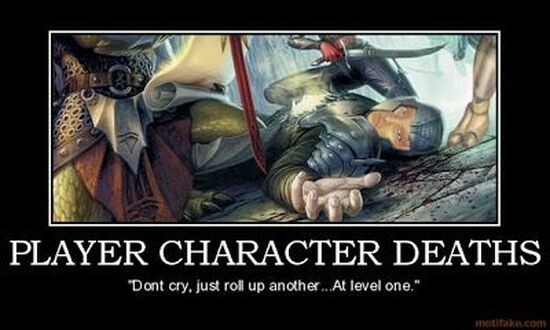
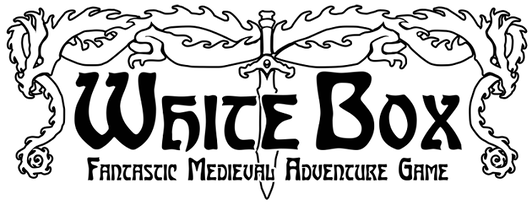



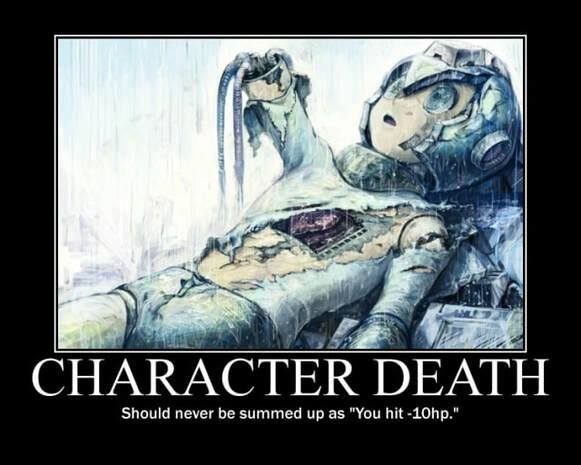





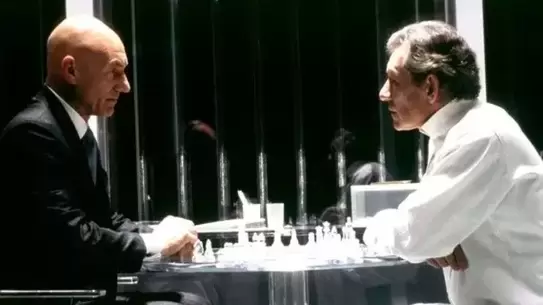
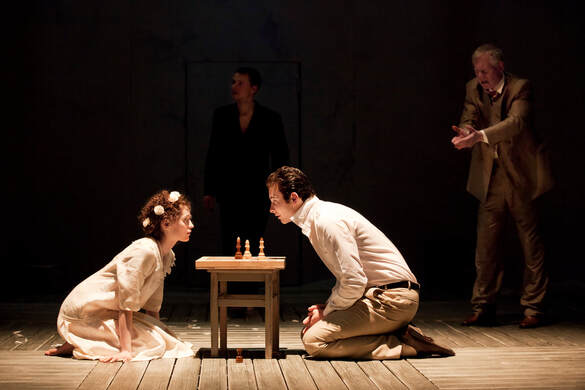

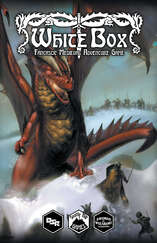

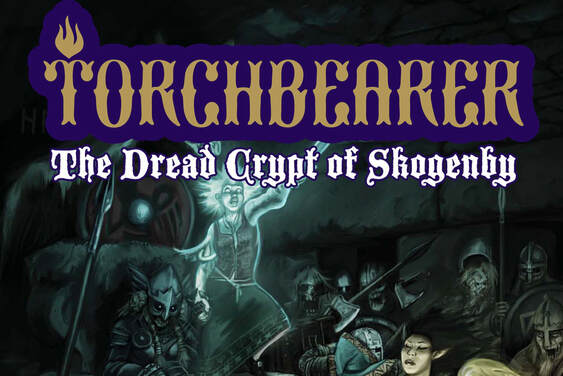
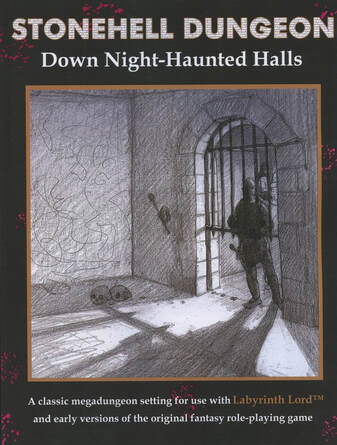
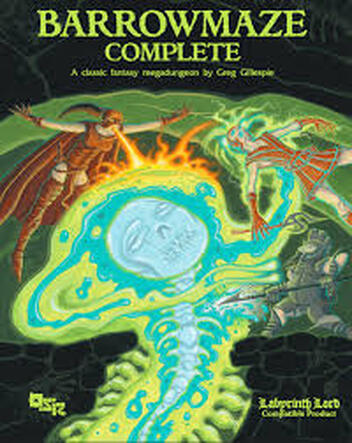
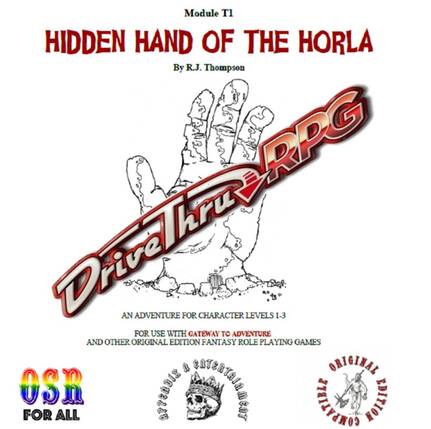
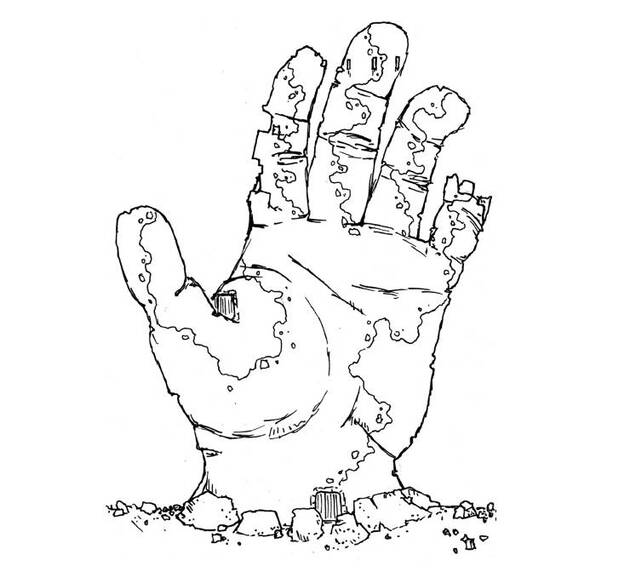
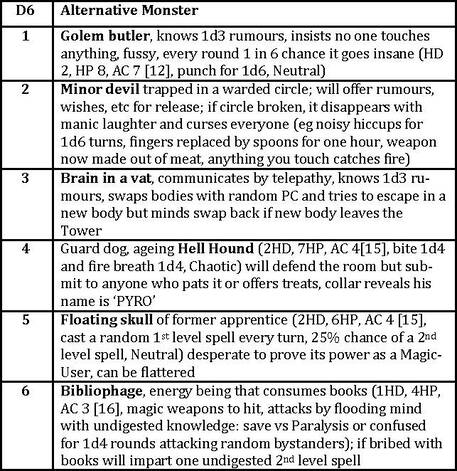
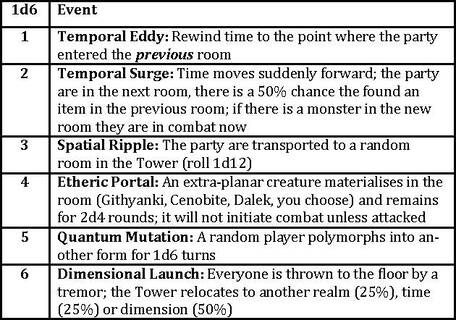


 RSS Feed
RSS Feed
